While these “common minerals” may not receive the same level of attention as precious gems or rare minerals, their significance and contribution to various industries cannot be undermined. In this article, we delve into the potential and applications of common minerals and explore how businesses can leverage their properties for their advantage. 1. Quartz: Quartz is one of the most abundant minerals on Earth, found in many different forms, including chalcedony, amethyst, and citrine. Its remarkable hardness and resistance to chemical weathering make it a versatile gemstone used extensively in jewelry and various industrial applications.
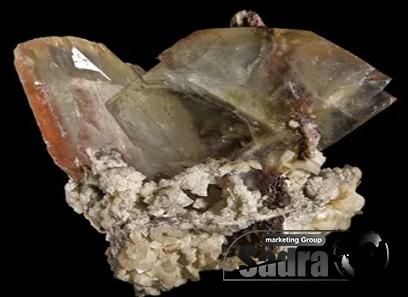
.
 Additionally, its piezoelectric properties make it an essential component in electronics, such as quartz watches, sensors, and communication devices. Business Applications: – Jewelry: Quartz in various forms, such as amethyst or rose quartz, is popular in the jewelry industry due to its affordability and wide range of colors. – Electronics: The piezoelectric property of quartz enables its use in electronic devices, including oscillators, filters, and resonators, which are crucial in telecommunications. 2. Feldspar: Feldspar, a group of rock-forming minerals, is known for its abundant presence in the Earth’s crust.
Additionally, its piezoelectric properties make it an essential component in electronics, such as quartz watches, sensors, and communication devices. Business Applications: – Jewelry: Quartz in various forms, such as amethyst or rose quartz, is popular in the jewelry industry due to its affordability and wide range of colors. – Electronics: The piezoelectric property of quartz enables its use in electronic devices, including oscillators, filters, and resonators, which are crucial in telecommunications. 2. Feldspar: Feldspar, a group of rock-forming minerals, is known for its abundant presence in the Earth’s crust.
..
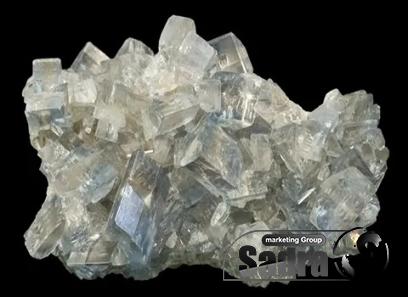 It is widely used in ceramics, glassmaking, and industries such as paints, coatings, and plastics. Its unique properties, such as its high melting point and alkali resistance, make it an indispensable ingredient in manufacturing these products. Business Applications: – Ceramics and Glass: Feldspar is a key component in ceramic tiles, sanitary ware, and glass manufacturing due to its higher resistance to thermal shock and its ability to improve the mechanical strength and durability of the final products. – Paints and Coatings: The inclusion of feldspar in paint formulations enhances the product’s durability, opacity, and resistance to weathering, providing improved performance and longevity in various environments.
It is widely used in ceramics, glassmaking, and industries such as paints, coatings, and plastics. Its unique properties, such as its high melting point and alkali resistance, make it an indispensable ingredient in manufacturing these products. Business Applications: – Ceramics and Glass: Feldspar is a key component in ceramic tiles, sanitary ware, and glass manufacturing due to its higher resistance to thermal shock and its ability to improve the mechanical strength and durability of the final products. – Paints and Coatings: The inclusion of feldspar in paint formulations enhances the product’s durability, opacity, and resistance to weathering, providing improved performance and longevity in various environments.
…
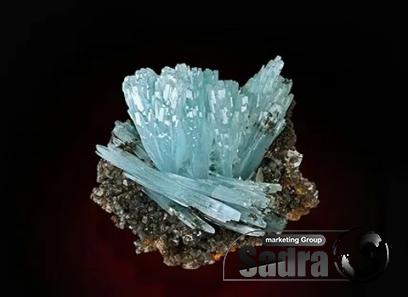 3. Calcite: Calcite, a widely distributed mineral, makes up the main component of limestone and marble. It possesses optical properties, such as birefringence, which make it valuable in the production of optical instruments, including microscopes and telescopes. Moreover, its extensive industrial applications stem from its use as a flux in the production of iron, steel, and cement. Business Applications: – Optics: Calcite’s unique birefringence property allows light to split into two separate beams, making it crucial in the manufacturing of lenses, polarizers, and prisms for optical instruments. – Iron, Steel, and Cement Production: Calcite acts as a fluxing agent, facilitating the removal of impurities during the manufacturing process of iron, steel, and cement, thereby improving their quality and purity. Conclusion: Although often overlooked, common minerals play a vital role in numerous industries, offering a plethora of applications and economic potential. Understanding their diverse properties and applications can allow businesses to leverage these minerals to their advantage, whether in jewelry, electronics, ceramics, glassmaking, paint, or optical instruments. By harnessing the abundant availability, versatility, and cost-effectiveness of common minerals, businesses can enhance their products, improve their processes, and ultimately thrive in today’s competitive marketplace.
3. Calcite: Calcite, a widely distributed mineral, makes up the main component of limestone and marble. It possesses optical properties, such as birefringence, which make it valuable in the production of optical instruments, including microscopes and telescopes. Moreover, its extensive industrial applications stem from its use as a flux in the production of iron, steel, and cement. Business Applications: – Optics: Calcite’s unique birefringence property allows light to split into two separate beams, making it crucial in the manufacturing of lenses, polarizers, and prisms for optical instruments. – Iron, Steel, and Cement Production: Calcite acts as a fluxing agent, facilitating the removal of impurities during the manufacturing process of iron, steel, and cement, thereby improving their quality and purity. Conclusion: Although often overlooked, common minerals play a vital role in numerous industries, offering a plethora of applications and economic potential. Understanding their diverse properties and applications can allow businesses to leverage these minerals to their advantage, whether in jewelry, electronics, ceramics, glassmaking, paint, or optical instruments. By harnessing the abundant availability, versatility, and cost-effectiveness of common minerals, businesses can enhance their products, improve their processes, and ultimately thrive in today’s competitive marketplace.
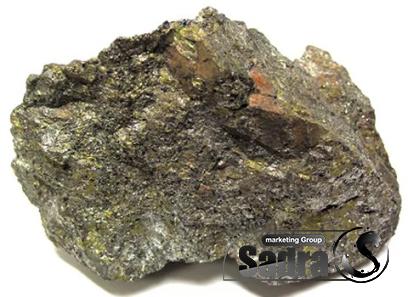
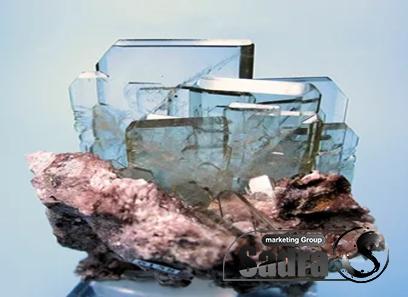
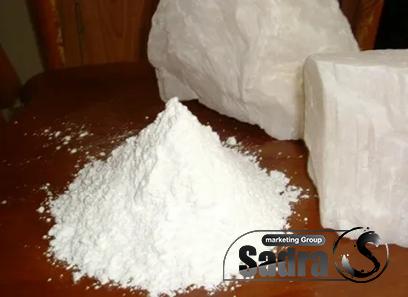
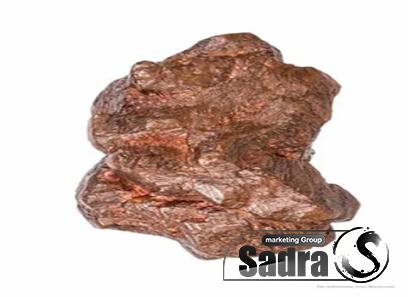
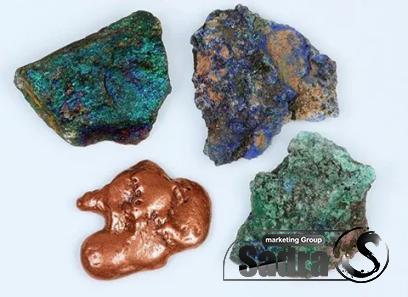

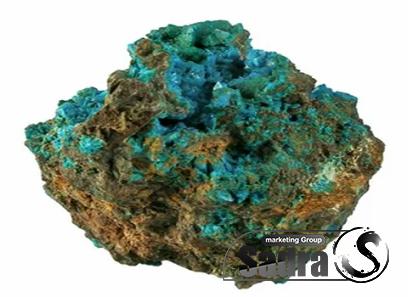
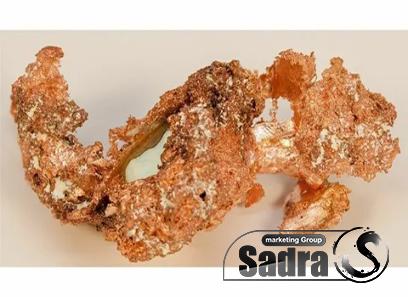
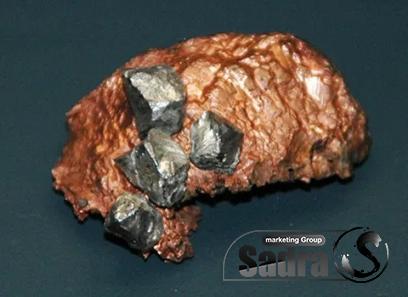
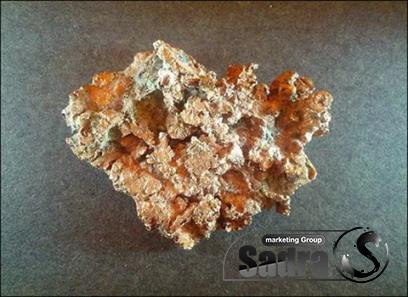
Your comment submitted.